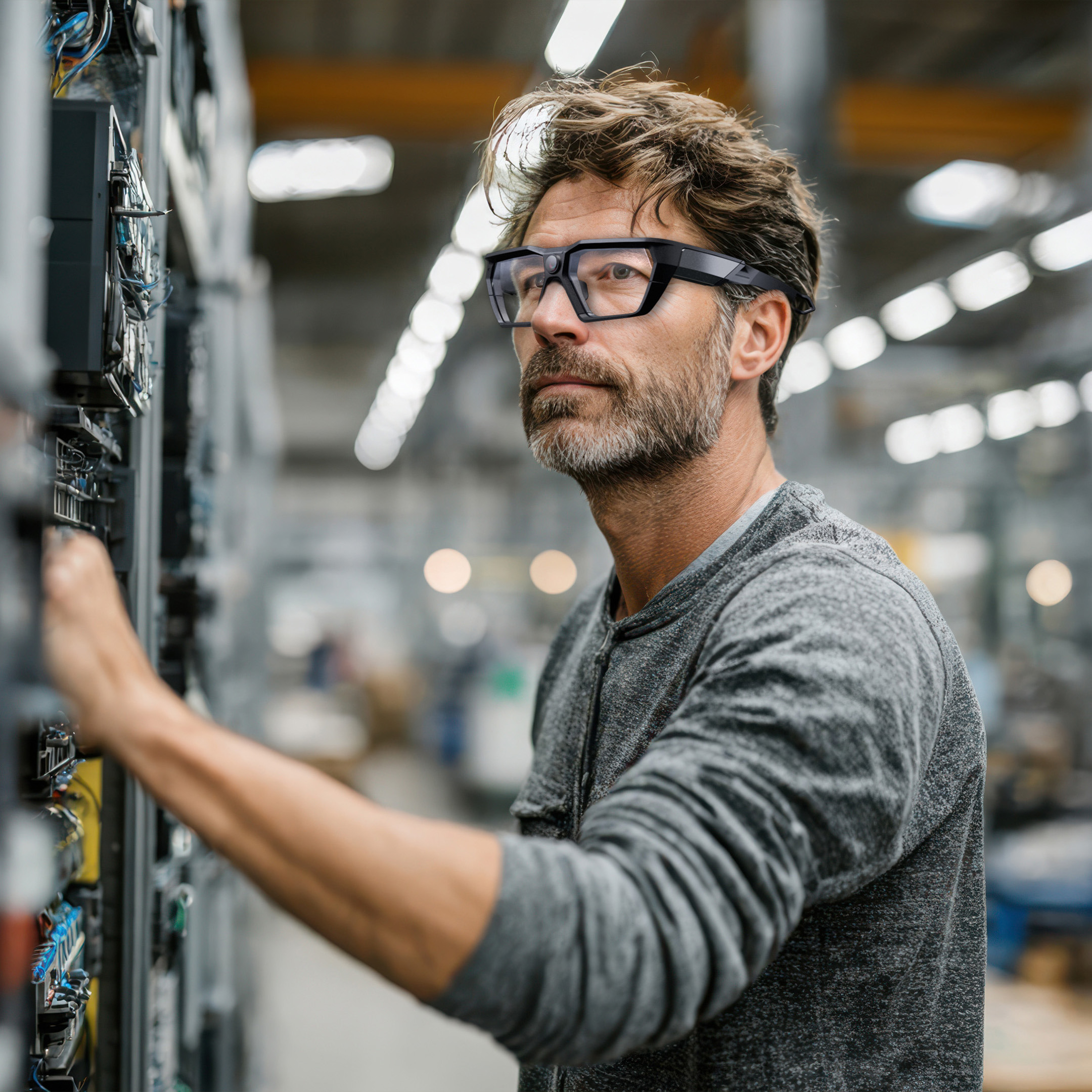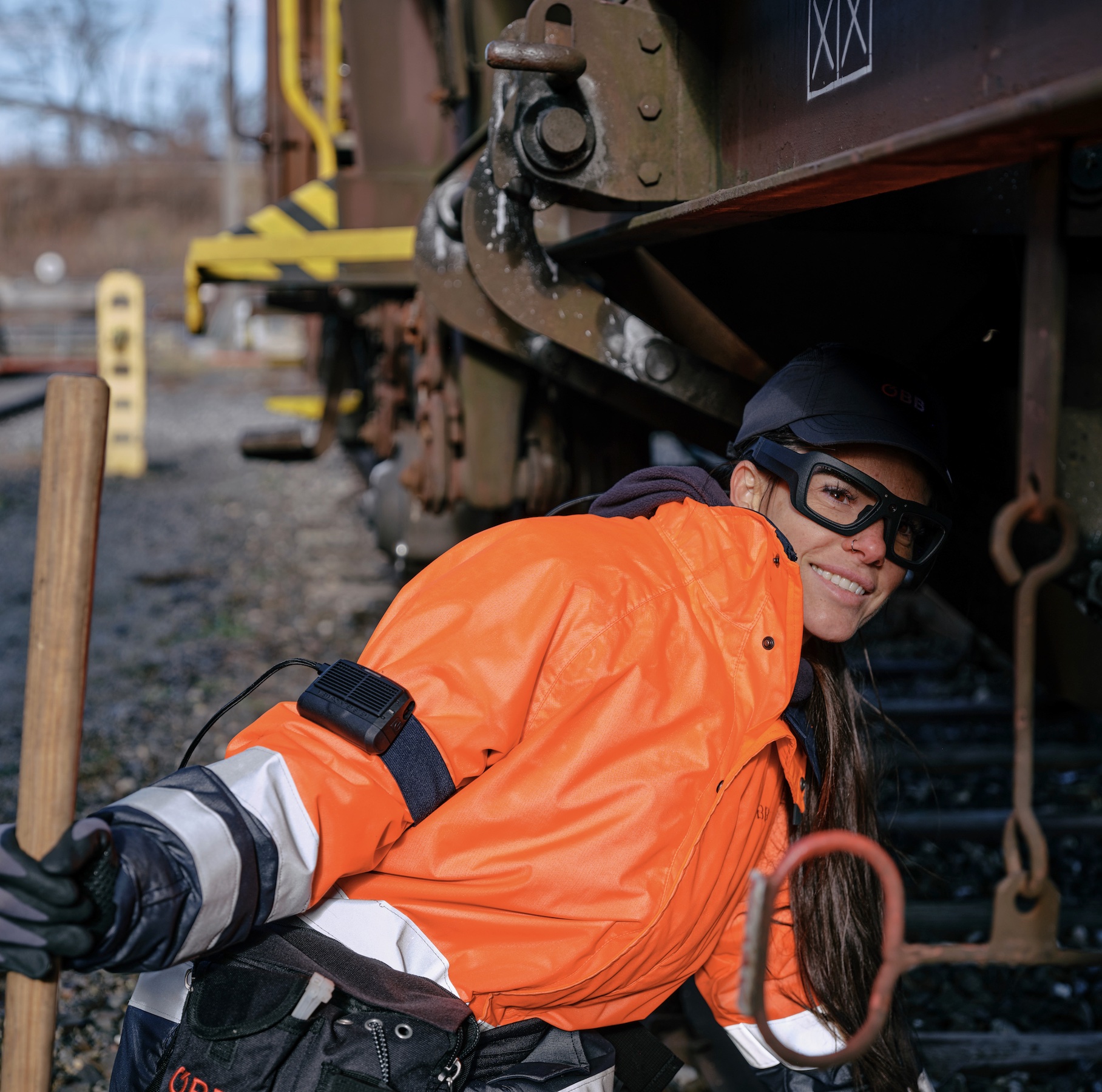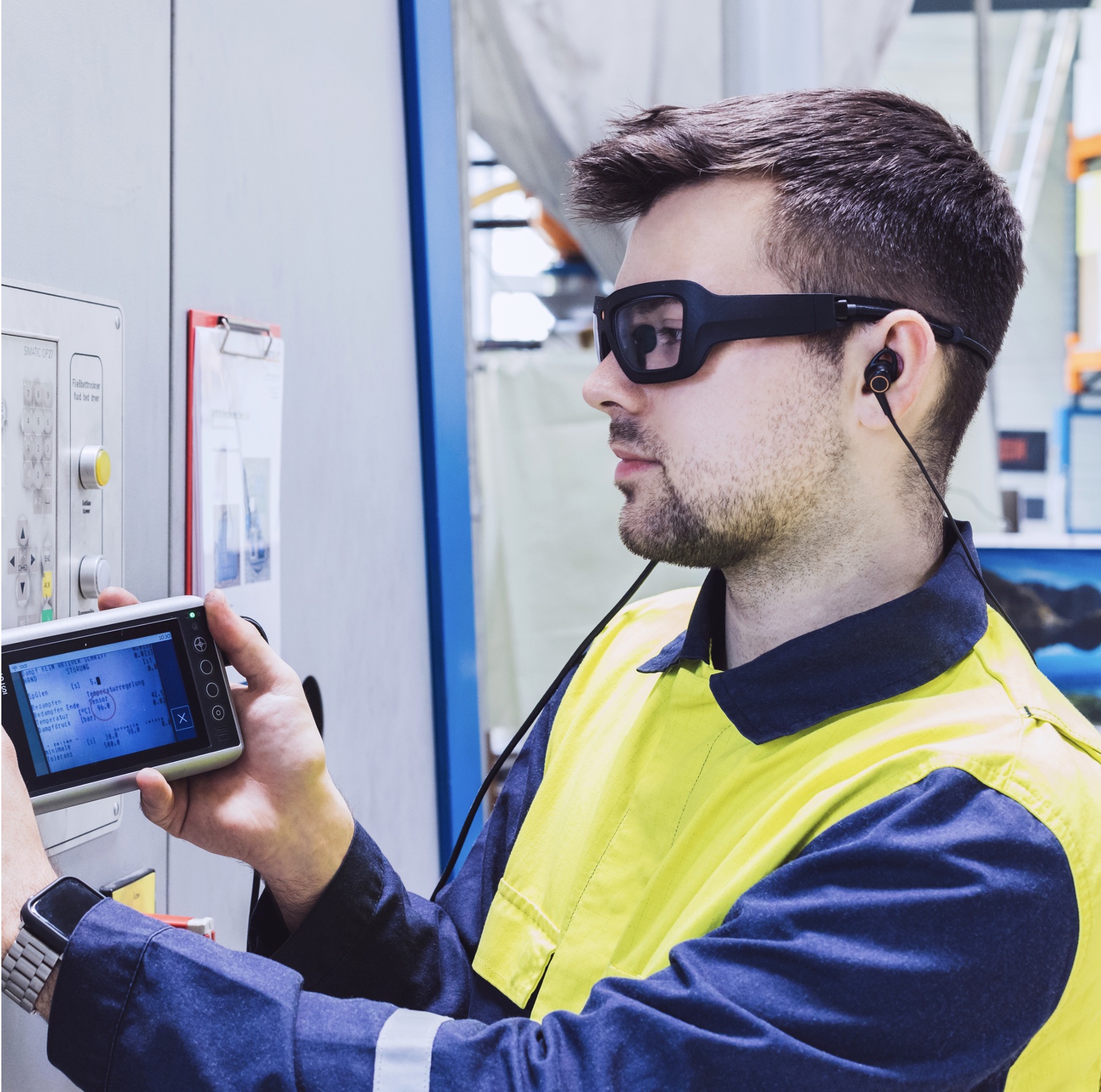
Remote support is one of the most demanded applications among manufacturers and plant operators. To ensure that smart glasses deliver the desired ROI, a few points need to be considered.
By Nils Berger
The benefits of remote support are obvious, especially in the current situation: Without having to travel, technical experts and frontline workers can work together remotely and yet efficiently, solve problems immediately and reduce machine downtimes. The expert at headquarters or in technical support sees the same thing via the smart glasses’ camera as the frontline worker on site and can, for example, mark in the image exactly those machine parts where the person on site should work on. This immediate knowledge transfer increases productivity and improves the service level and the reliability of the plant.
The trend is even moving towards predictive maintenance, where defects and failures do not even occur, in order to achieve the highest possible output. This places high demands on the maintenance of the future, requiring continuous servicing in a global production environment, including investments in smart technologies.
When deciding on a system, the focus should be on practical, high-quality solutions. Before purchasing, it is worthwhile to check carefully whether the preferred smart glasses may involve hidden investments and follow-up costs. The following selection criteria will help you to find an efficient tool for remote frontline support:
No incremental costs
Does the solution require additional infrastructure? Does the set-up involve further investments? Mixed reality-based remote support usually involves a high programming effort for the application, which must also be constantly updated and adapted to new products and situations. Make sure you determine the total cost of ownership over several years! Maybe a somewhat simpler solution is much more effective in the first step and can be expanded later.
Future-proof hardware
A key challenge is the rapid development of hardware. It is not uncommon for the device manufacturer to launch a new series on the market very soon, and sooner or later it is necessary to switch to it. Make sure that you can work with your device series for years and that necessary updates and additional features will run on it. What is needed are future-proof systems that can grow along with your needs and, for example, have sufficient computing capacity for extensions and additional modules.

OTA software updates
Also the software is constantly evolving. Frequent updates are necessary to ensure that everything runs smoothly and is up to date. Before purchasing a system, it is worth checking to see if the software updates have to be done manually or even physically on site, which unfortunately is not uncommon. Automatic updates over the air (OTA), provided by the device manufacturer, save a multiple of effort, time and costs.
Scalable system
Who can predict exactly today which solutions and features will be needed in one or two years? Not everything can be planned, as the pandemic has shown. Your system must be flexible and expandable. An open API is useful so that new applications can be added by your own IT or by third parties and linked to your company’s own data and programs.
In the future, systems that are designed and built to be linearly scalable from the outset, and thus mean significantly lower costs in the long term, will become particularly popular.
And another tip: A solution that is edge computing-based, but cloud-ready gives employees and partners flexibility. The team can work productively from any location, today and tomorrow.





